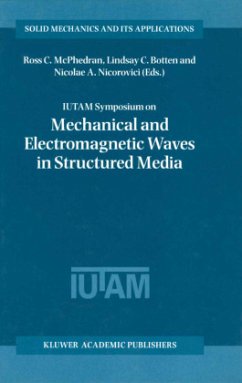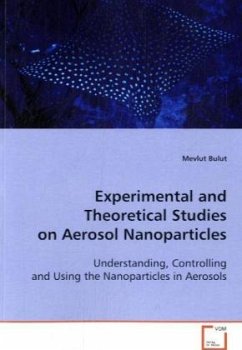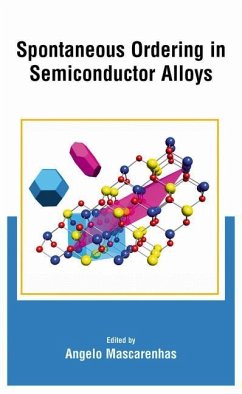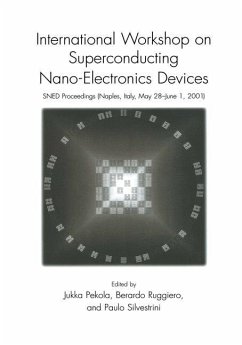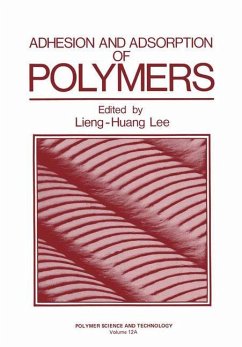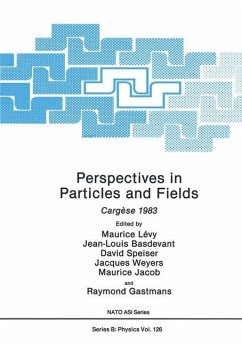
Coded Spectroscopy for Ethanol Detection in Diffuse Media
New Methods in Raman Scattering Based Optical Diagnostics
Versandkostenfrei!
Versandfertig in 6-10 Tagen
49,00 €
inkl. MwSt.

PAYBACK Punkte
0 °P sammeln!
Optical sensing in the visible and near-infrared regions of the electromagnetic spectrum allows for non-invasive analysis oftissue. With the use of Raman spectroscopy, a high degree of chemical specificity is available with laser powers that are harmless to living tissue. Such systems, however, are plagued by the low efficiency of the Raman scattering process by molecules and the intense background fluorescence from some biological materials. To address these drawbacks, we have investigated the use of coded spectroscopy to make Raman spectroscopy more feasible in routine use. By coding the inp...
Optical sensing in the visible and near-infrared regions of the electromagnetic spectrum allows for non-invasive analysis oftissue. With the use of Raman spectroscopy, a high degree of chemical specificity is available with laser powers that are harmless to living tissue. Such systems, however, are plagued by the low efficiency of the Raman scattering process by molecules and the intense background fluorescence from some biological materials. To address these drawbacks, we have investigated the use of coded spectroscopy to make Raman spectroscopy more feasible in routine use. By coding the input aperture of a dispersive spectrometer, through put gains of 10-100 are possible over a slit spectrometer. The theory, design, and performance characteristics of this staticaperture coding will be discussed in this work. In addition, by coding the excitation light sources one can filter out the shifting Raman signals from the stationary fluorescent background. The theory and implementationof an expectation maximization algorithm for Raman signal reconstruction will be analyzed. The design of a multi-excitation, coded-aperture Raman spectrometer will be described.




